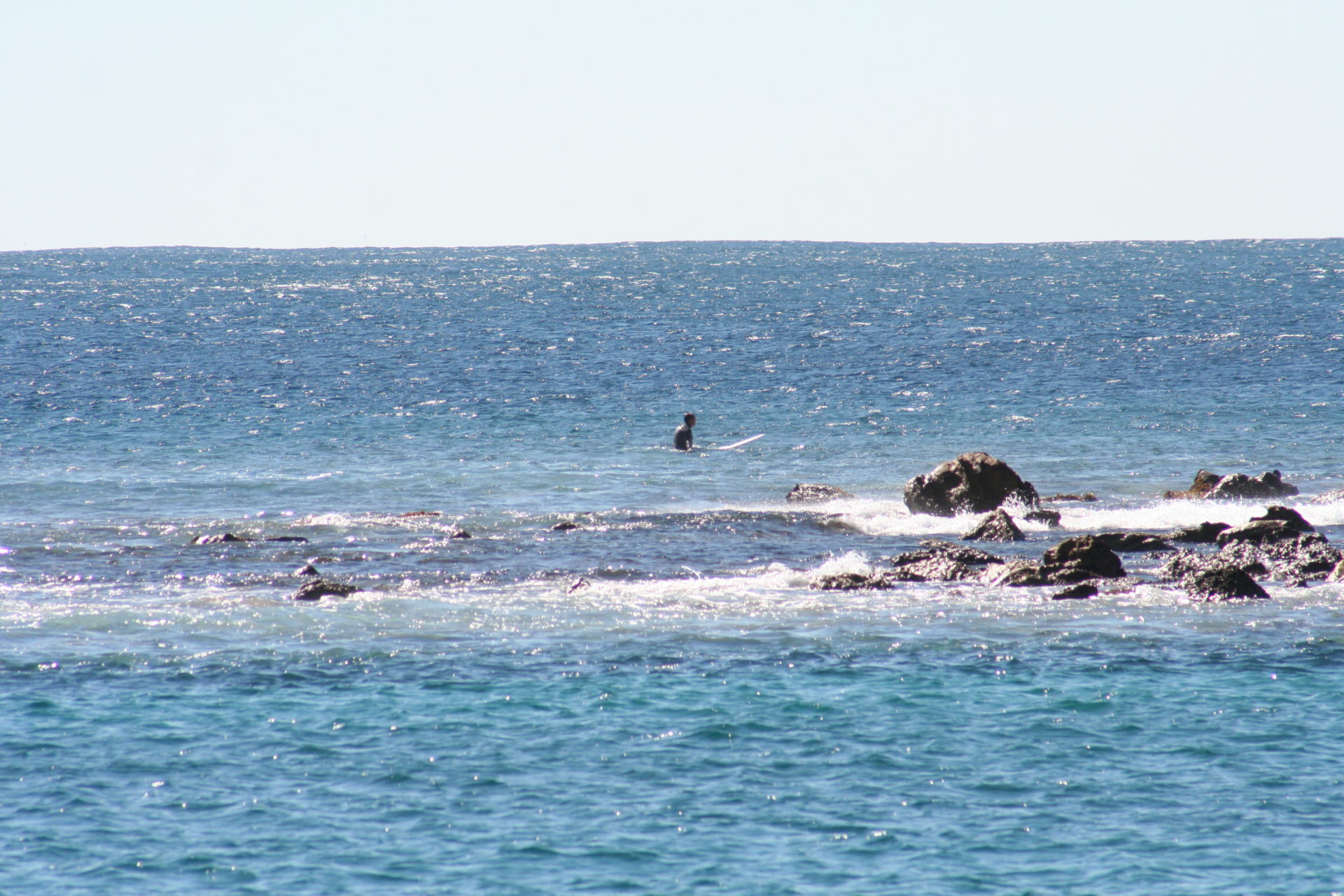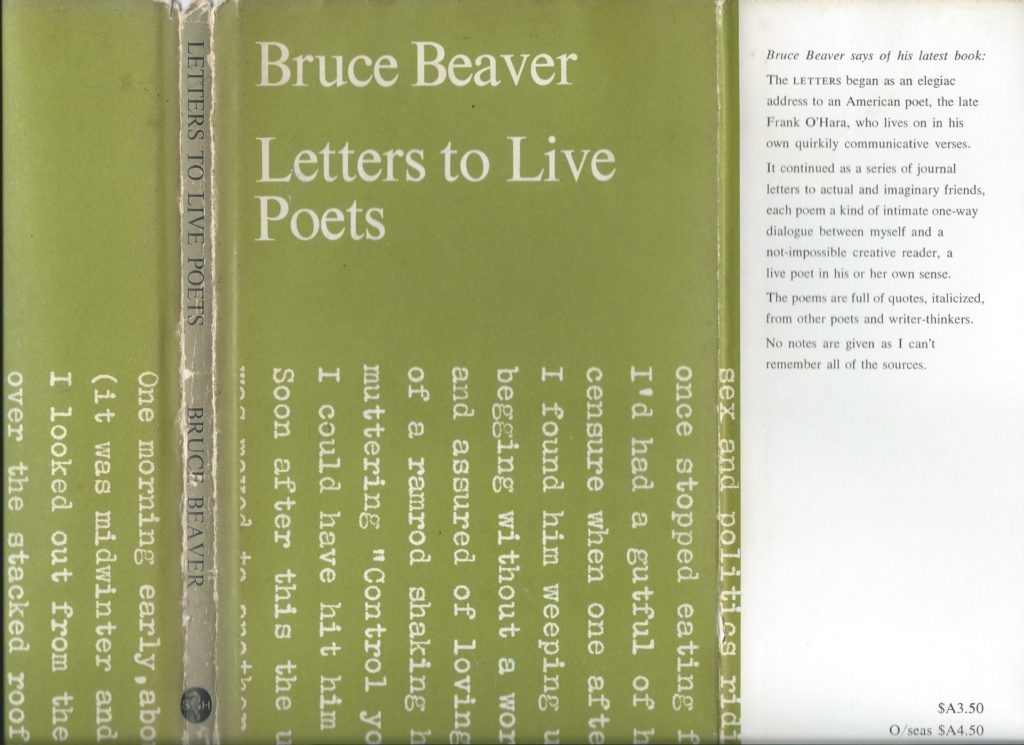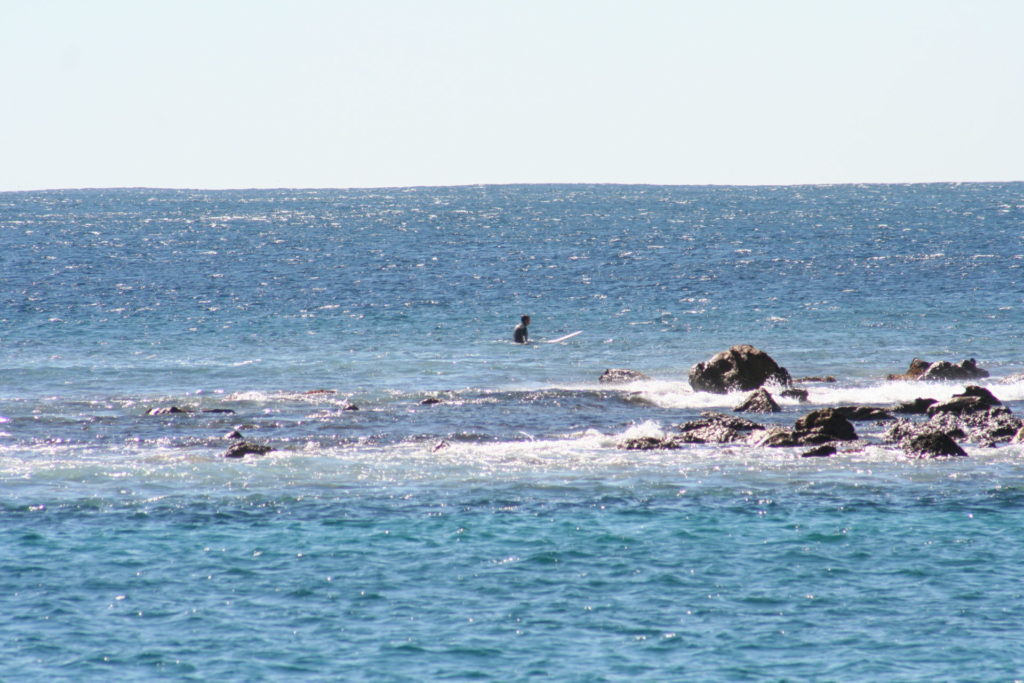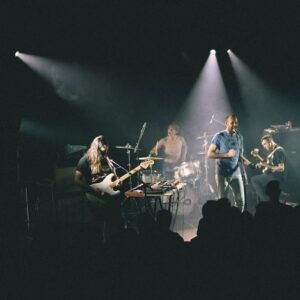Seething since 2000*

Letters to Live Poets at fifty: sound as ever
Letters to Live Poets, Bruce Beaver’s fourth book of poetry, appeared in 1969. Fifty years on, the poems in this remarkable collection still burn with a righteous fury.
I’m lucky enough to be in possession of a first edition of Letters to Live Poets. It was loaned to me by Professor James Tulip (1934–2018) while I was writing my Honours thesis on Bruce Beaver’s poetry in 1993.
I’m ashamed to say that I never returned it but, in my defence, Professor Tulip did have another copy in his office.
I’m also embarrassed to admit that my thesis really wasn’t all that good, and that I was lucky to scrape through with a second-class Honours degree in Australian Literature when I graduated from the University of Sydney in 1994.
I should stress that the low quality of my thesis—which ostensibly explored the influence of Rainer Maria Rilke on Beaver’s poetry—was not a result of poor supervision. In fact, my thesis supervisor, David Brooks, was extremely supportive.

Meeting Bruce Beaver
It was David Brooks who encouraged me to write about Bruce Beaver, and who introduced me to him at a book launch at Gleebooks in 1993.
And it was David who later drove me from the University of Sydney campus in Chippendale to Manly, on Sydney’s north shore, to meet with Bruce during one of his many stints in hospital (I think on account of his kidneys, for which he required dialysis).
To say that I was starstruck that afternoon as David and I sat beside Bruce’s bed (joined by his partner, Brenda, at one point) would be to miss the point. I did not have the nerve to utter a single word the entire time.
It was only when someone (probably David) mentioned Bruce’s poem, ‘The Cranes of Auckland’, that I managed to croak that it was my favourite poem of his. Like, um, thanks for that contribution, right? I dimly remember Bruce smiling and telling me it was Brenda’s favourite, too.
Personal preferences aside, however, it’s probably fair to say that Letters to Live Poets is the book for which Bruce will be best remembered.
Dead (poet) letter office
Letters to Live Poets contains 34 poems. The collection itself is dedicated to Grace Perry, the book’s publisher.
The first poem, simply titled ‘I’, is perhaps the most famous: addressed to US poet Frank O’Hara—who died in a bizarre accident in 1966—it’s an excoriating glimpse into the geopolitical moment that was the late-1960s.
God knows what was done to you.
—Bruce Beaver, Letters to Live Poets, ‘I’ (to Frank O’Hara)
I may never find out fully.
The truth reaches us slowly here,
is delayed in the mail continually
or censored in the tabloids. The war
now into its third year
remains undeclared.
The number of infants, among others, blistered
and skinned alive by napalm
has been exaggerated
by both sides we are told,
and the gas does not seriously harm;
does not kill but is merely
unbearably nauseating.
Apparently none of this
is happening to us.
I mean, as far as opening statements go, this one’s pretty tight. In the following stanzas, Beaver returns, three times, to O’Hara’s death.
. . .
Even afterwards —
—Bruce Beaver, Letters to Live Poets, ‘I’ (to Frank O’Hara)
after I heard (unbelievingly)
you had been run down on a beach
by a machine
apparently while sunning yourself;
that things were terminal again —
even then I might have written.
. . .
But to be trampled by the machine
beyond protest. . .
. . .
Crushed though. Crushed on the littered sands.
It turns out, of course, that Beaver was only partly right about the manner in which O’Hara died. But writing in the 1960s, he could not possibly have known the full story. O’Hara was indeed struck by a vehicle on a beach at Fire Island, although it was at night, and it took him a further two days to die.

Licence: CC BY-SA 2.0
As Frank O’Hara lay dying
In City Poet: The Life and Times of Frank O’Hara, first published in 1993, Brad Gooch writes about O’Hara’s death and burial:
O’Hara got his wish to be buried in Green River Cemetery, but not his wish that no one come. By 3:00 p.m. almost two hundred mourners had converged on the cemetery. The coffin was a reminder of the almost unbelievable facts. Frank O’Hara was dead at forty. He had been killed in a freak accident by a twenty-three-year-old summer worker taking a joyride with a young woman in a jeep on the Fire Island Pines beach at three in the morning.
Brad Gooch, ‘Prologue’, City Poet: The Life and Times of Frank O’Hara (New York: Alfred A. Knopf, 1993)
Gooch relates how one of O’Hara’s numerous lovers, Larry Rivers, delivered a eulogy at the funeral. To the horror of those attending, Rivers “began describing O’Hara as he had looked when he had visited him a few days earlier at Bayview General Hospital in Mastic Beach, Long Island, where O’Hara had survived for almost two days after his accident.”
He was purple wherever his skin showed through the white hospital gown. He was a quarter larger than usual. Every few inches there was some sewing composed of dark blue thread. Some stitching was straight and three or four inches long, others were longer and semi-circular. The lids of both eyes were bluish black. It was hard to see his beautiful blue eyes which receded a little into his head. He breathed with quick gasps. His whole body quivered. There was a tube in one of his nostrils down to his stomach. On paper, he was improving. In the crib he looked like a shaped wound, an innocent victim of someone else’s war. His leg bone was broken and splintered and pierced the skin. Every rib was cracked. A third of his liver was wiped out by the impact.
Larry Rivers, quoted in Brad Gooch, ‘Prologue’, City Poet: The Life and Times of Frank O’Hara (New York: Alfred A. Knopf, 1993)
It would be an understatement to say that this information is crucial to any reading of O’Hara’s life and works, and to any elegaic poem about O’Hara.
While Bruce Beaver, writing in 1968 or 1969, could not realistically have known this detail (after all, ‘truth reaches us slowly here,/ is delayed in the mail continually/ or censored in the tabloids’), I can’t make the same excuse. City Poet was published in 1993, the year I was writing my thesis.
If I’d done just a little more research, I might have uncovered this quote from Larry Rivers. The phrase “he looked like a shaped wound, an innocent victim of someone else’s war” provides a vital link to Beaver’s poem, which in turn links O’Hara’s death to the ongoing war in Vietnam.
But my research for my Honours thesis consisted of leavisite close reading, and a brief trip to Canberra. There, I visited the National Library of Australia, which was the only place I could access a number of the journals published in the 1970s and 1980s that featured interviews with Beaver. In these interviews, he talked a lot about Rilke (my main interest) but almost never mentioned O’Hara.
“No notes are given as I can’t remember all of the sources.”
Letters to Live Poets, in the first edition at least, bears a dust jacket text, written by the author, which also references O’Hara:
The letters began as an elegaic address to an American poet, the late Frank O’Hara, who lives on in his own quirkily communicative verses.
—Bruce Beaver, Letters to Live Poets, dust-jacket text.
It continued as a series of journal letters to actual and imaginary friends, each poem a kind of intimate one-way dialogue between myself and a not-impossible creative reader, a live poet in his or her own sense.
The poems are full of quotes, italicized, from other poets and writer-thinkers.
No notes are given as I can’t remember all of the sources.
I really love this last line, which has all the bravado of the spirit in which the Beastie Boys’ sample-heavy masterpiece, Paul’s Boutique, was recorded and released.
Unlike that album, however, Letters to Live Poets is long out of print, and no-one, to my knowledge, has ever undertaken the task of identifying and annotating the ‘samples’ in each of the poems.
The University of Sydney Press has made a print-on-demand version of Letters to Live Poets available for sale. Personally, I feel lucky to instead have a copy of the first edition published by South Head Press.
Coincidentally, or not, in 1999 I sent an email to John Tranter at Jacket, asking if he’d be interested in publishing a poem I’d written for Bruce. To mark the twentieth anniversary of its publication, therefore, I’m posting ‘Cars’ here on my website.
Bruce Beaver died in 2004. Tranter’s obituary is as good a place as any to start for an overview of Bruce’s life. Another good entry point is Dorothy Porter’s introduction to (and selection of) Beaver’s work on the Poetry International website.
Following Bruce’s death, the Red Room Company commissioned me to write a poem in celebration of his life and works. To mark the fifteenth anniversary of its first online publication, therefore, I’m posting ‘(On the Tomb of) Victor Bruce’ here on my website, too.
Letters to Live Poets at 50
What, then, of the other thirty-three poems in the collection at 50 years’ remove from their initial appearance? Interestingly, and perhaps due to the University of Sydney Press edition, none of the poems from Letters to Live Poets is available on the Australian Poetry Library website.
When I began writing this post, several months ago, I had the intention of going through the poems one by one, and analysing or perhaps rewriting them. Like all spur-of-the-moment ideas, however, I chucked that one in the bin.
I mean, I had my chance to write about Letters to Live Poets 25 years ago. What little I could hope to add to the body of knowledge about Beaver’s work would hardly be worth the effort.
But this post, at least, might well serve as the beginning of an effort to take the poetics of Letters to Live Poets more seriously than I did the first time around.
After all, it’s not every year that a book turns 50. In the case of Letters to Live Poets, this post is a chance to celebrate a book whose influence on my own poetics may take me another 50 years to work out, should I live that long.



